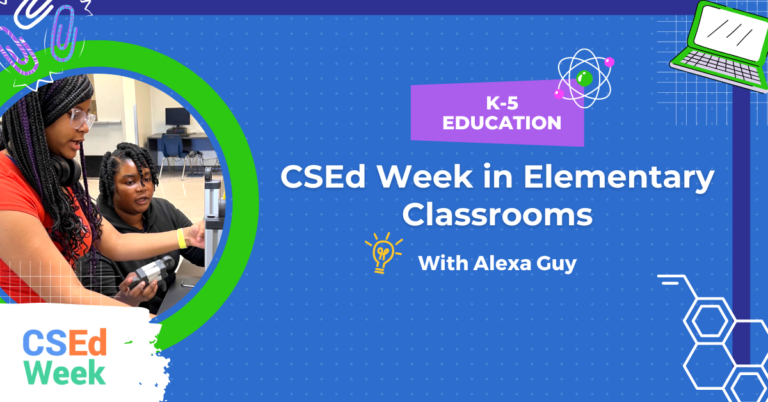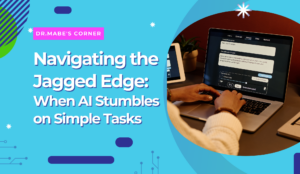Computer Science Education Week or CSEd Week takes place from December 5-11. This week aims to expose students across all K-12 learning environments to the many opportunities afforded through the study of computer science, specifically computer coding. Students can participate in “Hour of Code” where they take part in different age appropriate coding activities. Skills such as problem solving, analysis, computational thinking and other essential job ready skills are explored during this week.
Students of all ages and abilities across K-12 can participate in computer programming, even those in K-5. Many educators question what computer coding may look like in an elementary school, especially in primary grades, such as kindergarten. The truth is, students as young as the age of 5 or 6 should be exposed to the skill sets needed for computer coding. K-5 educators looking for activities should check out Code,org.This site has a wide array of activities that intersect across academic subjects and stretch across grade levels.
Skills such as problem-solving and analysis can be taught as early as Kindergarten. Students in elementary can learn the fundamentals of introductory computer programming by understanding what coding is and industry related opportunities. When students at the K-5 level participate in coding, many coding activities or programs will explore fundamental skills through “unplugged” or non-computer operated activities that are used to teach important computer science skills, such as computational thinking and digital citizenship. This allows for both the educator and student to explore computer science through the development of essential skills needed for coding. In Code.org, students will learn to program using commands like loops and events. A great introductory lesson where students are introduced to the concept of “Looping” is featured for students in kindergarten, “Lesson 8: Loops with Scrat.” In this lesson, students engage in computational thinking skills as they slide “Blocks” to provide commands to code Scart’s movement as they help him across the slippery ice to get to the acorn! Lessons such as these are featured in the primary courses (Grades K-2) and also teach students other meaningful skills like collaboration, persistence, investigative techniques and internet safety.
With a plethora of resources, educators are still faced with challenges. One being, time constraints throughout the instructional day. So, a common question becomes, “How do I fit coding into an already tight schedule?” Well, exploring resources such as Google’s CS First can be significantly helpful. Check out CS First intermediate (3-5) subject specific one-hour lessons, like Figurative Language. In this lesson, teachers are able to engage students in different types of figurative language, including similes, metaphors, hyperbole, idioms and more. In addition, students will work across subjects: computer science and language arts as they add figurative language using “say” blocks to show the literal and figurative meaning of a text.
As educators, we often look for interactive ways to engage students in learning but are met with great questions as to how our activities of choice meet the instructional needs of our students. Resources like CS First are an excellent choice for intersection across subject areas. The resources mentioned in this article and others alike integrate computer science skills and standards into math, science and even reading instructional activities. Lessons that would traditionally teach concepts like characterization, transform as students use code to tell interactive stories. Students can create a character from a text and code it to speak messages. More meaning is developed and high engagement activities are explored. Students can even discover the art of storytelling through code, emphasizing creativity and higher order thinking. This week, take the time to explore the endless opportunities the world of code has to offer.






